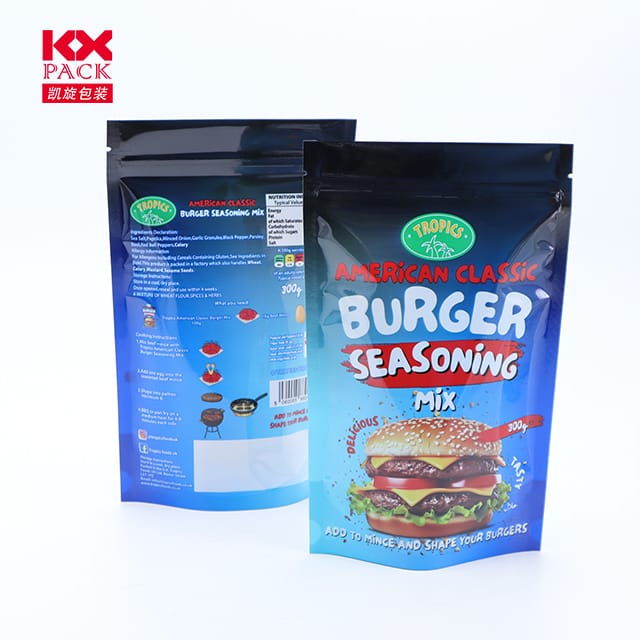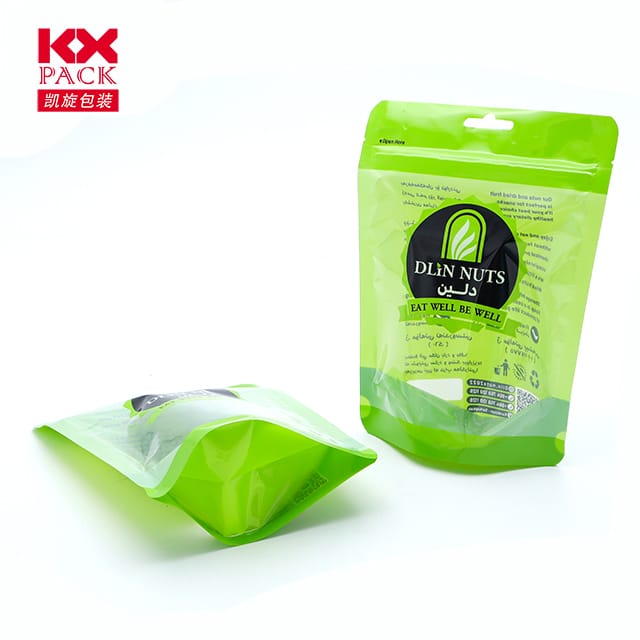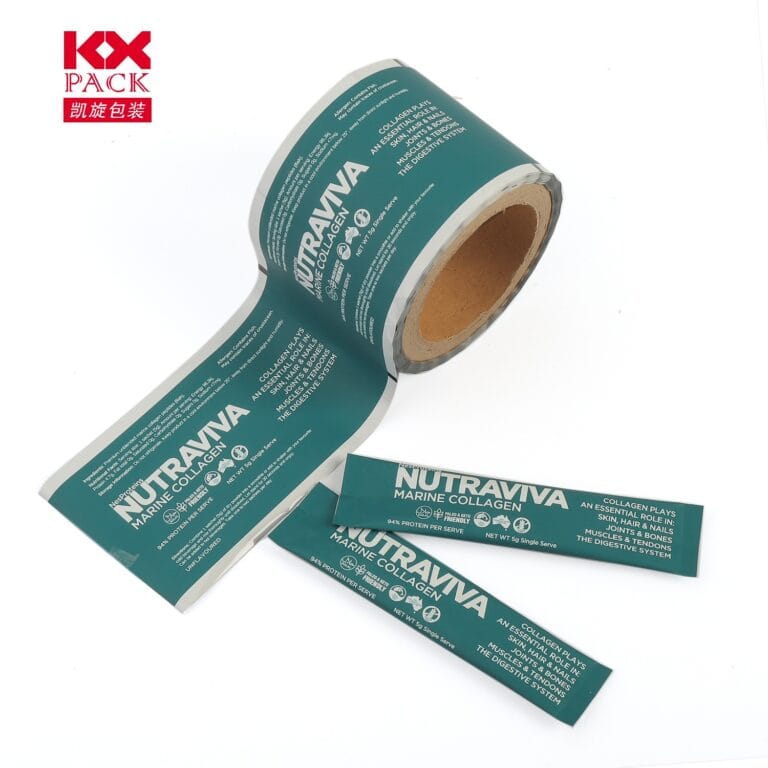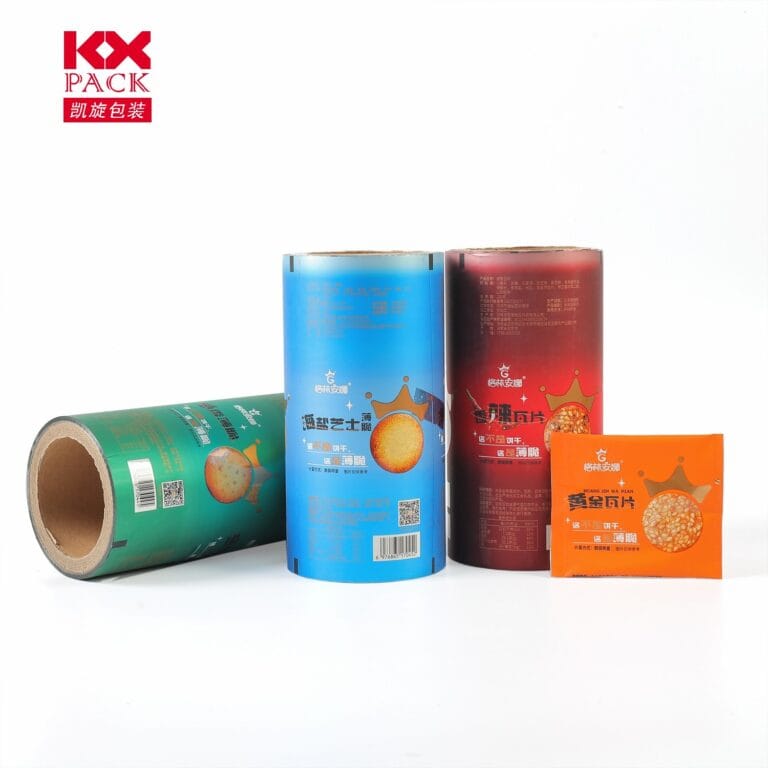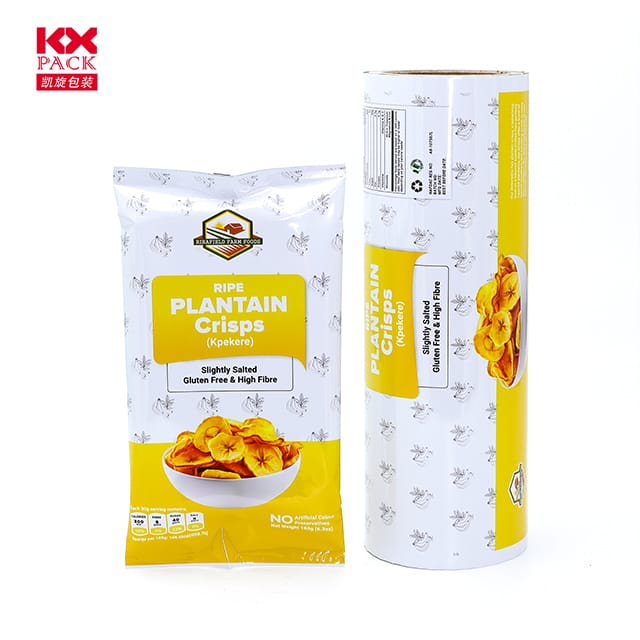Хоолны ангийн хуванцар хальс, шинэлэг, шинэчлэл: Аюулгүй байдал, тогтвортой байдлыг хангах
Хоолны зэрэгний хуванцар хальс
In today’s food industry, Хоолны зэрэгний хуванцар хальс stands as a cornerstone of packaging innovation, Аюулгүй байдлыг тэнцвэржүүлэх, Холбооны нөхцөл, болон байгаль орчны хариуцлага. Савласан хоол хүнсний борлуулалтын дагуу, Тиймээс бүтээгдэхүүнийг эрүүл мэндийн байдал, гаригийн алдагдалгүйгээр бүтээгдэхүүнийг хамгаалдаг дэвшилтэт материалын хэрэгцээ. Let’s delve into the world of food grade plastic films—their types, хэрэгжүүлэх, risks, and future trends.
What Makes a Plastic Film “Food Grade”?
Food grade plastic films are engineered to meet stringent safety standards set by regulatory bodies like theU.S. Хуруу (Code of Federal Regulations Title 21) and theEU’s 10/2011 regulation. These materials must:
- Not leach harmful chemicals into food.
- Withstand temperature variations during storage, тээвэр, and heating.
- Resist degradation from acids, fats, or moisture in food.
- Be traceable to ensure compliance with safety protocols.
Common food grade polymers include:
- Полиэтилен (PE): Хүүх (rigid containers) and LDPE (flexible films, cling wraps).
- Полиппопилен (PP): Microwave-safe containers, thermoformed trays.
- Полиэтилен Тефефалат (PET): Transparent bottles, blister packs.
- Поливинил хлорид (Татах PSV): Used cautiously due to potential phthalate migration.
- Bio-based Alternatives: PLA (polylactic acid) and starch-based composites for eco-friendly options.
Key Applications in Food Packaging
- Жижиглэн худалдаа & Consumer Packaging
- Fresh Produce: LDPE films extend shelf life by regulating oxygen and moisture.
- Dairy & Beverages: HDPE jugs and PET bottles dominate for their lightweight durability.
- Ready-to-Eat Meals: PP trays withstand microwave heating (up to 120°C).
- Industrial & Bulk Handling
- High-Barrier Films: Multi-layer structures (Жишээ нь e., PA/EVOH/PE) prevent oxygen ingress for meat, бяслаг, and coffee.
- Flexible Pouches: Stand-up pouches with zippers and spouts enhance convenience.
- Specialty Uses
- Өөрчлөгдсөн уур амьсгалын сав баглаа боодол (Газрын зураг): Films adjust gas composition to slow spoilage.
- Smart Labels: Temperature-sensitive inks or QR codes track freshness.
Risks and Challenges
Тэдний ашиг тусыг үл харгалзан, food grade plastic films face scrutiny:
- Chemical Migration: High temperatures or acidic foods may cause additives (Жишээ нь e., plasticizers) to leach.
- Microplastics: Fragmentation during use or disposal raises environmental concerns.
- Recycling Hurdles: Mixed-material laminates (Жишээ нь e., aluminum/PET) complicate recycling.
Sustainable Innovations Shaping the Future
The industry is pivoting toward eco-conscious solutions:
- Биологийн хувьд задардаг & ХӨДӨЛМӨРИЙН ХУВЬЦАА
- PLA, derived from corn starch, decomposes in industrial composting facilities.
- Фен (polyhydroxyalkanoates) offers marine-degradable options.
- Recyclability Advancements
- Monomaterial Designs: All-PE or all-PP structures simplify recycling.
- Химийн дахин боловсруулах: Breaks down plastics into raw materials for new films.
- Зохицуулалтын түлхэлт
- The ЕХ-н нэг удаагийн тусламжтай хуванцар зааврыг Дахин боловсруулагдаагүй кинонуудыг хориглодог 2030.
- China’s GB 4806.7-2023 standardizes food contact materials, encouraging domestic innovation.
- Tech-Driven Solutions
- Nanocoatings: Enhance barrier properties without adding thickness.
- Active Packaging: Incorporates antioxidants or antimicrobial agents.
Consumer Tips for Safe Usage
- Avoid Heating PVC or PS Films: These may release toxins.
- Check Recycling Codes: #2 (Хүүх), #4 (Шимүүдсэн), болон #5 (PP) are safer choices.
- Limit Single-Use Films: Opt for reusable silicone lids or beeswax wraps.
The Road Ahead
The food grade plastic film market is projected to reach$51.9 Тэрбум гаруй 2030, жолоодсон:
- Emerging Markets: Rising middle classes in Asia and Africa demand packaged food.
- E-commerce Growth: Online grocery sales rely on durable, leak-proof films.
- Circular Economy Goals: Brands like Nestlé and Coca-Cola pledge 100% recyclable packaging by 2025.
Дүгнэлт
Food grade plastic films are indispensable to modern food systems, but their future hinges on innovation and responsibility. By embracing bio-based materials, improving recyclability, and adhering to strict safety standards, the industry can meet consumer demands while safeguarding health and the environment.
As consumers, let’s advocate for transparency and sustainability—because the films that wrap our food should protect more than just its freshness.
What’s your take on food grade plastic films? Share your thoughts in the comments below! 🌱🍎📦

